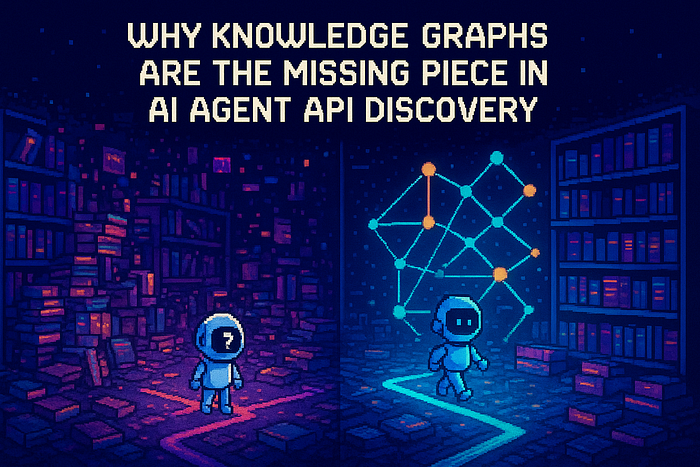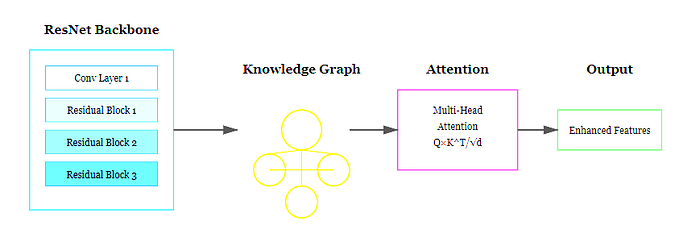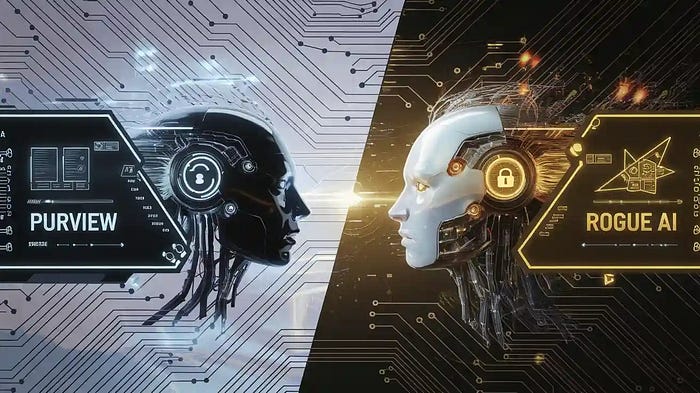
DeepSeek AI — Beginner’s Guide
Author(s): M. Haseeb Hassan
Originally published on Towards AI.
Part 3 of 3
DeepSeek AI operates successfully at a time when Artificial Intelligence is driving fast sectoral transformations. The DeepSeek AI model is an advanced artificial intelligence model that performs complicated natural language processing and other processes, such as computer vision. We discussed it in our earlier blog talks. The system distinguishes itself by allowing software developers to grow their expertise and programming flexibility.

Introduction
The organization of implementation leads to the suspension of artificial intelligence development at the prototype stage while producing a 53% failure rate. The capabilities and strengths of DeepSeek AI become evident at this point. To have a basic understanding of DeepSeek AI, read through this piece of the article:
DeepSeek AI — The Future is Here
DeepSeek AI is an advanced AI genomics platform that allows experts to solve complex problems using cutting-edge deep…
pub.towardsai.net
This blog outlines complete step-by-step procedural information for Python programming-based installation of DeepSeek AI to help both developers and AI enthusiasts. The step-by-step tutorial contains this introduction to what follows.
- A technical overview of how DeepSeek AI works
- The steps needed to deploy the model include a Python code section for implementation.
- A detailed guide to deploying DeepSeek AI locally using Flask and Docker.
DeepSeek AI — Technical Overview
The DeepSeek AI system functions as a diverse artificial intelligence model able to solve multiple problems. The system works to resolve three issues which are Text generation combined with sentiment analysis and image identification. The processing of Dodge data along with accurate output requires pre-trained system components that unite with contemporary artificial intelligence algorithms.
Core Functionality
DeepSeek AI uses Natural Language Processing (NLP) to not only analyze human writing but also to generate text that is realistically written in human language. Both the analysis of visual input and the interpretation of visual information are performed by the system via the use of vision capabilities. Through the use of fine-tuning capabilities, the system gives users the ability to construct one-of-a-kind working settings.
Architecture
DeepSeek AI’s application architecture is built on transformer-based models, which are well-known for their ability to handle sequential data efficiently. These models serve as the bedrock upon which the application architecture is constructed. PyTorch and TensorFlow are the frameworks that are responsible for the functioning of the system. These frameworks allow developers to carry out their work in a range of programming environments.
In addition, this is how it functions:
- Unprocessed input, which may include text, photographs, and other sorts of data, is transformed into an analytical format during the initial processing stage of the system. This data may comprise a variety of different types of information.
- Within the information that is provided, the system employs a method to recognize significant elements and essential data patterns that are included within the information that is presented.
- Following the extraction of the characteristics, the system will next create the final outputs by making use of the information that was provided.
Pre-trained Models
DeepSeek AI provides pre-trained models that may be fine-tuned for particular tasks. These models are available for use immediately. APIs that are easy to use are provided by the tool, which enables users to develop uncomplicated application integrations.
For a detailed architectural study, refer to:
DeepSeek AI — A Technical Overview
Part 2 of 3
pub.towardsai.net
DeepSeek AI with Python
This section gives instructions for environment preparation, model loading, and inference processes, so let’s get into DeepSeek AI.
Step 1: Install Libraries

Step 2: Load DeepSeek AI Model

In the above snippet, the required transformation classes in Transformers appear in this 1st line. The 2nd line specifies the model name. Insert the specific model name instead of deep seek-ai/model-name into this line. This line loads the tokenizer in. The 3rd line loads the tokenizer, which is responsible for converting text into a format the model can understand. Finally, the 4th line loads the pre-trained model.
Step 3: Run Inference with DeepSeek AI

In the above snippet, 1st line defines the input text. The 2nd line tokenizes the input text and converts it into tensors. The 3rd line passes the tokenized input to the model and generates output and the 4th line prints the output, which could be text, probabilities, or other data depending on the task.
Deploy DeepSeek AI
Moving beyond the experimentation of the model you can proceed with its local deployment. This allows you to use DeepSeek AI in your applications while maintaining privacy and customization. The local server must handle all operations related to private data storage. Users can operate the model as an offline system that does not require a connection to the internet.
Local Deployment
To deploy DeepSeek AI locally, We’ll use Flask to create a simple API. Here’s the code:

Flask is a web framework that is lightweight and made for Python. POST requests that involve text input are accepted by the /predict API route, which also delivers the results of the created model output. To test the API function, you will need to send a POST request to the following address: http://localhost:5000/predict, which contains the input text.
Deployment with Docker
When you deploy your application using Docker containers, you are using a more robust deployment mechanism. Take a look at this example Dockerfile:

The following commands allow users to construct and operate the Docker container:

A docker file is a file that contains the environment and dependencies that your application needs. After executing docker build -t deep seek-ai, the next step in the procedure is to execute docker run -p 5000:5000 deep seek-ai. This is the beginning of the process to start container operation.
Conclusion
It is an advanced framework that gives developers the ability to easily construct and deploy artificial intelligence solutions. DeepSeek AI is a tool. Throughout the whole of this tutorial, we have investigated the inner workings of DeepSeek AI, gone into the process of using the model with Python, and offered a step-by-step method to deploying it locally by utilizing Flask and Docker. You will be equipped with the knowledge necessary to incorporate DeepSeek AI into your projects in a smooth manner thanks to these insights. The DeepSeek AI system is a versatile artificial intelligence model that can tackle a variety of problems. These problems include the production of text, as well as the sentiment analysis and the identification of images.
Ready to take the next step? Visit the DeepSeek AI Official website to explore more features and get started today. Don’t forget to share your experiences and join the growing community of DeepSeek AI users! Your journey into the world of AI innovation starts now.
Stay Tuned !!
If you enjoyed the article and wish to show your support, make sure to:
- 👏 Give a round of applause (50 claps) to help get featured
- 👥 Follow me on Medium to stay updated with my latest content
- 📰 Explore more articles on my Medium Profile
- 🔔 Connect with me on LinkedIn, Twitter, and Instagram
Join thousands of data leaders on the AI newsletter. Join over 80,000 subscribers and keep up to date with the latest developments in AI. From research to projects and ideas. If you are building an AI startup, an AI-related product, or a service, we invite you to consider becoming a sponsor.
Published via Towards AI
Take our 90+ lesson From Beginner to Advanced LLM Developer Certification: From choosing a project to deploying a working product this is the most comprehensive and practical LLM course out there!
Towards AI has published Building LLMs for Production—our 470+ page guide to mastering LLMs with practical projects and expert insights!

Discover Your Dream AI Career at Towards AI Jobs
Towards AI has built a jobs board tailored specifically to Machine Learning and Data Science Jobs and Skills. Our software searches for live AI jobs each hour, labels and categorises them and makes them easily searchable. Explore over 40,000 live jobs today with Towards AI Jobs!
Note: Content contains the views of the contributing authors and not Towards AI.














